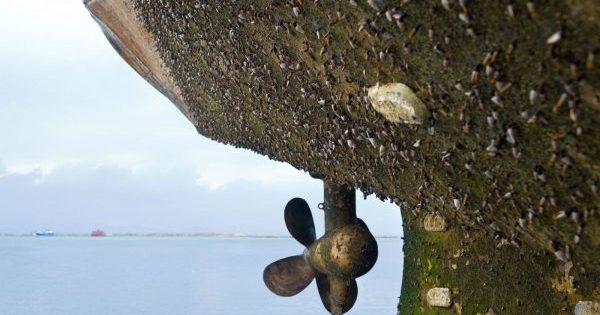The California State Lands Commission (SLC) issued a letter to ship agents that might call in California ports, addressing the implementation of biofouling management requirements and reminding of existing reporting requirements.
Vessels are subject to California’s biofouling management requirements as follows:
- New vessels: Upon delivery on or after January 1, 2018
- Existing vessels: Upon completion of the first regularly scheduled out-of-water maintenance on or after January 1, 2018.
The first biofouling regulations in California became effective on 1st October 2017. These were:
- Repeal of the reporting requirements for the Hull Husbandry Reporting Form, the Ballast Water Treatment Supplemental Reporting Form and the Ballast Water Treatment Annual Reporting Form
- Adoption of the Marine Invasive Species Program Annual Vessel Reporting Form
The new requirements on biofouling management from January 1st include:
- Biofouling Management Plan, providing a description of the biofouling management strategy for the vessel in detail
- Biofouling Record Book, containing details of all inspections and biofouling management measures undertaken on the vessel since the beginning of the most recent scheduled out-of-water maintenance
- Biofouling management of wetted surfaces and niche areas, such as sea chests and gratings, bow and stern thrusters and gratings, fin stabilizers and recesses, out-of-water support strips, propellers and shafts, and rudders.
- Requirements for vessels with extended residency periods. For any vessel that has had an extended residency period since its most recent out-of-water maintenance, in-water treatment, or in-water cleaning, upon arrival to a California port, the vessel must be compliant with the management of biofouling in the niche areas described above, and any activities, including in-water inspection, in-water cleaning, in-water treatment, or out-of-water maintenance, to manage biofouling on the wetted surfaces of the vessel, except the niche areas, that accumulates as a result of the extended residency period shall be documented in the Biofouling Record Book.
Vessel biofouling is believed to be responsible for up to 60% of the established invasive aquatic species along the California coast.
Earlier in 2017, IMO announced a new project concept with the aim to address further ships’ biofouling. The GloFouling project will focus on how biofouling should be controlled and managed to reduce the transfer of invasive aquatic species.
Explore more herebelow:
































































